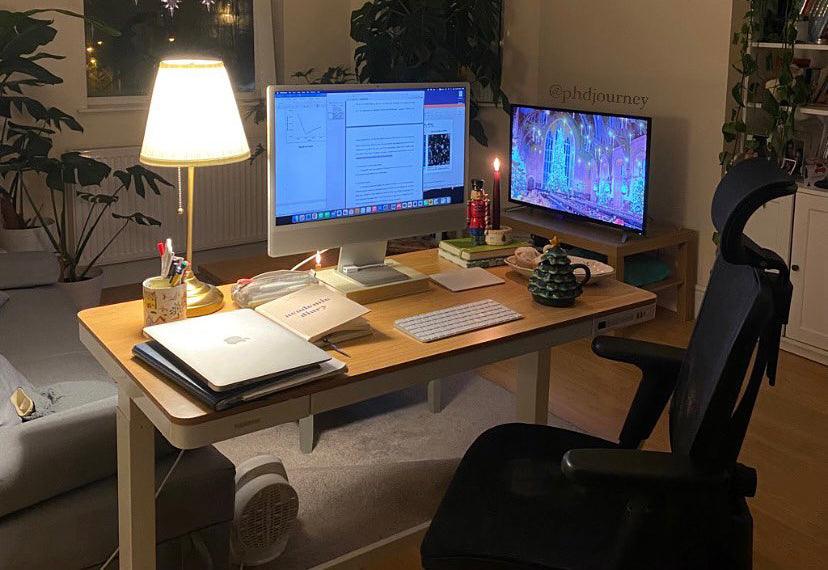Many individuals spend a significant portion of their day sitting at a desk, whether it be for work, studying, or leisure activities. With prolonged periods of sitting, the importance of ergonomic furniture, particularly chairs, cannot be overstated. Ergonomic chairs are designed to provide support and promote good posture, aiming to prevent discomfort and potential health issues such as back pain. However, there are instances where individuals experience back pain despite using an ergonomic chair, leaving them questioning the effectiveness of their seating choice. In this article, we will explore the potential reasons why your ergonomic chair may be causing back pain and provide insights into how to address this issue.
Understanding Ergonomic Chairs
Ergonomic chairs are thoughtfully designed to support the natural curves of the spine, promote proper posture, and reduce strain on the muscles and joints. They typically feature adjustable components, such as lumbar support, seat height, and armrests, allowing users to customize their seating position according to their unique body shape and preferences.

Ergonomic Chair Setup
While ergonomic chairs provide a solid foundation for healthy sitting, their benefits can only be fully realized if they are correctly set up. Here are a few factors to consider:
a) Height: Adjust the chair's height so that your feet are flat on the floor or a footrest, and your knees form a 90-degree angle.
b) Lumbar Support: Position the lumbar support to fit the natural curve of your lower back, providing adequate support.
c) Armrests: Adjust the armrests to ensure your arms are relaxed and your shoulders are not hunched or elevated.
d) Seat Depth: Ensure the chair's seat depth allows you to sit comfortably with a small gap between the seat and the back of your knees.

Ergonomic Chair Limitations
Despite their numerous benefits, ergonomic chair are not a foolproof solution for everyone. There are several factors that could contribute to back pain even when using an ergonomic chair:
a) Poor Posture Habits: While an ergonomic chair encourages proper posture, it cannot compensate for consistently poor posture habits. Slouching or sitting with a rounded back can strain the muscles and lead to discomfort.
b) Lack of Movement: Prolonged sitting, even in an ergonomic chair, can contribute to back pain. It is essential to take regular breaks, stretch, and engage in light exercises to promote blood circulation and alleviate muscle tension.
c) Individual Differences: Every individual has unique body characteristics and requirements. The ergonomic chair that suits one person may not be the perfect fit for another. It's crucial to find a chair that accommodates your specific needs.
Addressing Back Pain
If you're experiencing back pain while using an ergonomic chair, here are a few steps to help alleviate the discomfort:
a) Check Your Setup: Revisit the setup of your chair and ensure that all the adjustable features are properly adjusted to support your body's natural alignment.
b) Practice Good Posture: Be conscious of your sitting posture throughout the day. Sit up straight, engage your core muscles, and avoid slouching.
c) Incorporate Movement: Take regular breaks from sitting. Stretch your muscles, go for short walks, or consider using a standing desk for a portion of your day to promote movement and relieve stress on your back.
d) Consult a Professional: If the back pain persists despite making adjustments, it may be beneficial to consult with a healthcare professional or an ergonomics specialist who can provide personalized advice based on your specific situation.
Conclusion
While ergonomic office chair are designed to provide optimal support and minimize back pain, they are not a one-size-fits-all solution. Back pain can still occur due to factors such as poor posture habits and lack of movement. It's crucial to understand that an ergonomic chair is just one component of a healthy sitting routine. By focusing on proper chair setup, practicing good posture, incorporating regular movement, and addressing individual differences, you can mitigate back pain and enhance your overall sitting experience.
Remember, everyone's body is unique, and what works for one person may not work for another. If you're experiencing persistent back pain despite using an ergonomic chair and following the recommended guidelines, it's advisable to seek professional advice. A healthcare professional or an ergonomics specialist can evaluate your specific situation, assess your workstation setup, and provide tailored recommendations to alleviate your discomfort.
Ultimately, achieving optimal comfort and preventing back pain is a multifaceted approach that goes beyond simply relying on an ergonomic chair. By incorporating a combination of ergonomic practices, regular movement, and good posture habits, you can create a conducive environment for your well-being and minimize the risk of back pain in your daily life.
In conclusion, while an ergonomic chair plays a crucial role in supporting your back and promoting good posture, it is not solely responsible for causing or preventing back pain. The combination of correct chair setup, healthy sitting habits, and personalized adjustments will help you create a workspace that prioritizes your well-being and minimizes the chances of experiencing discomfort or back pain.



































